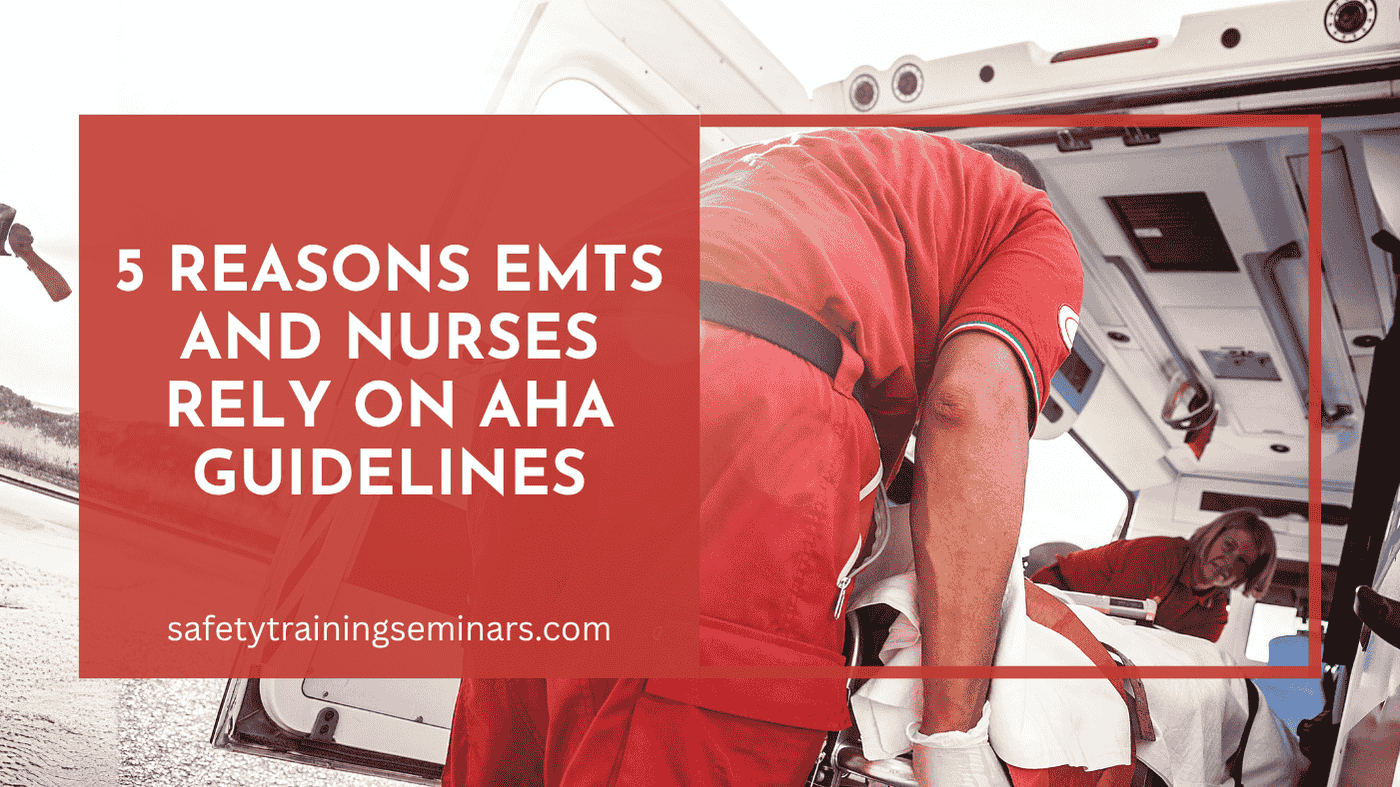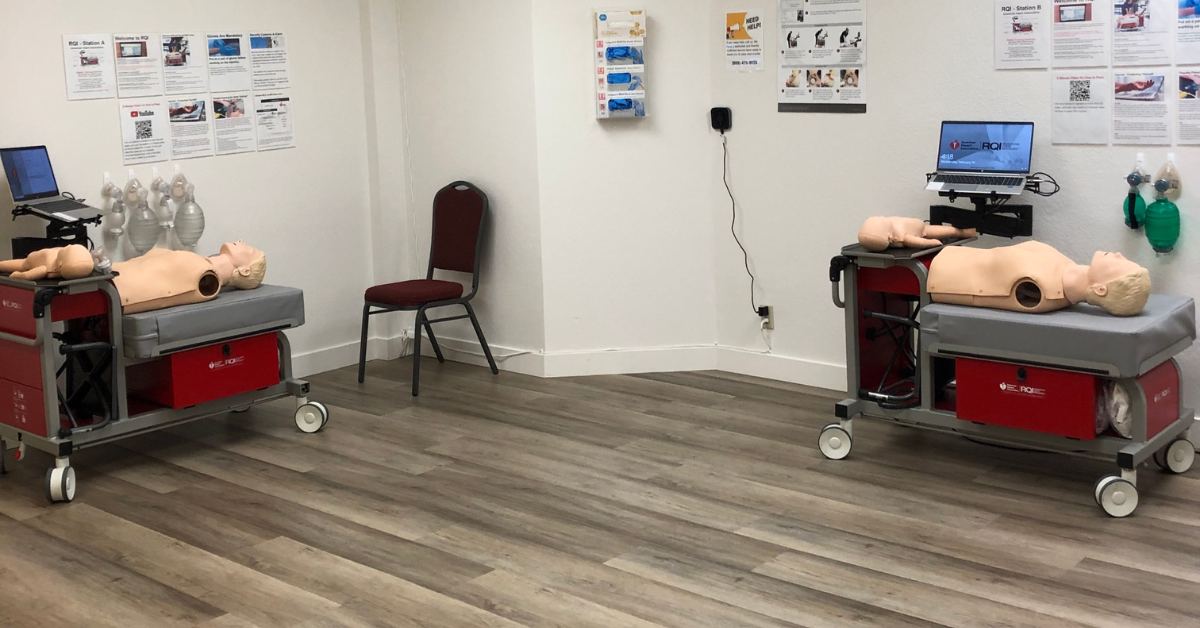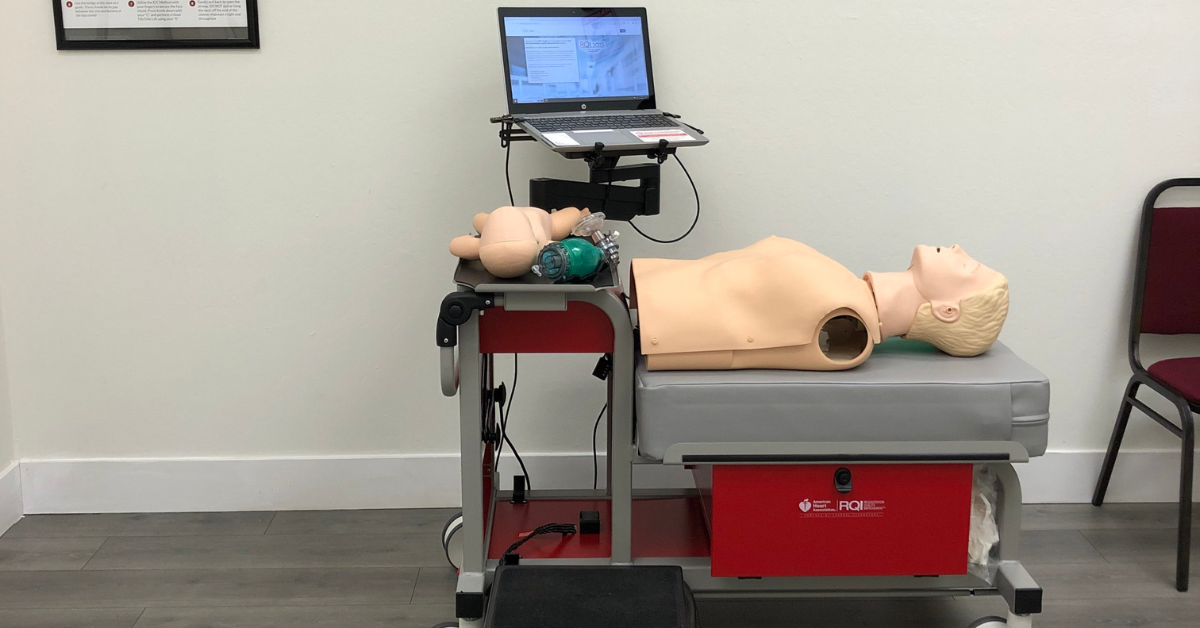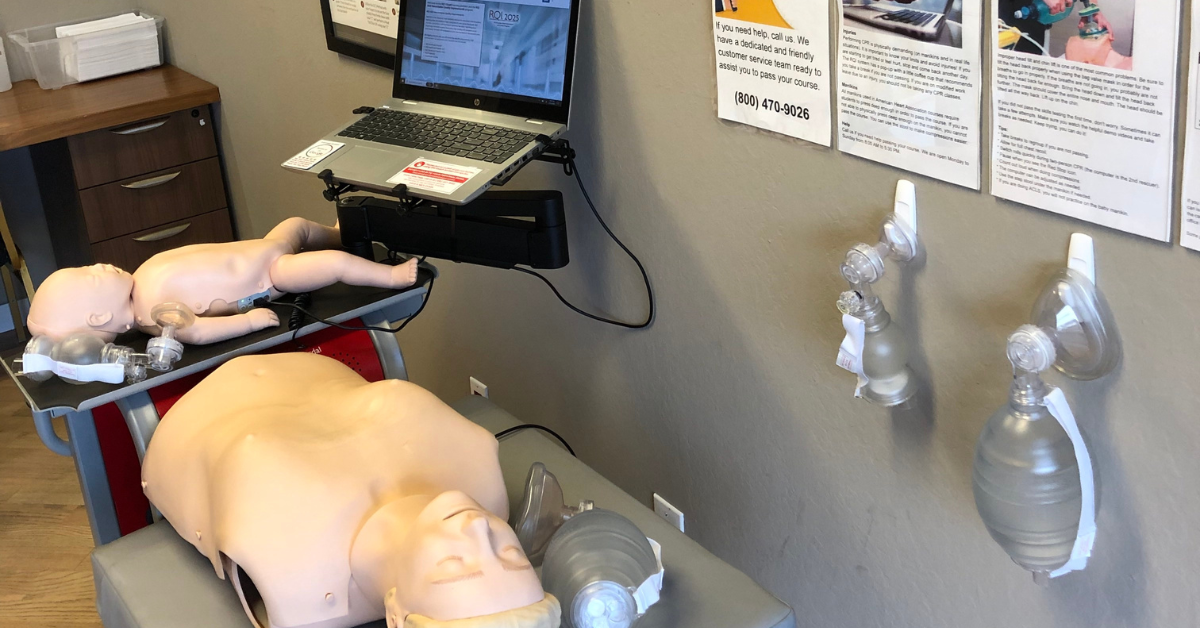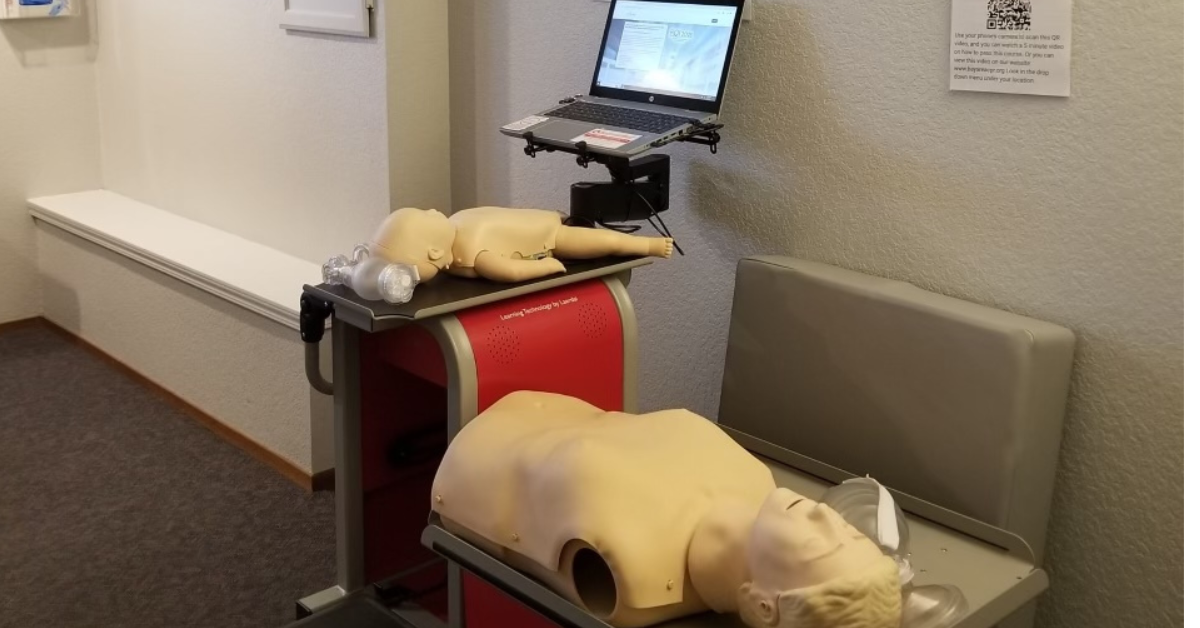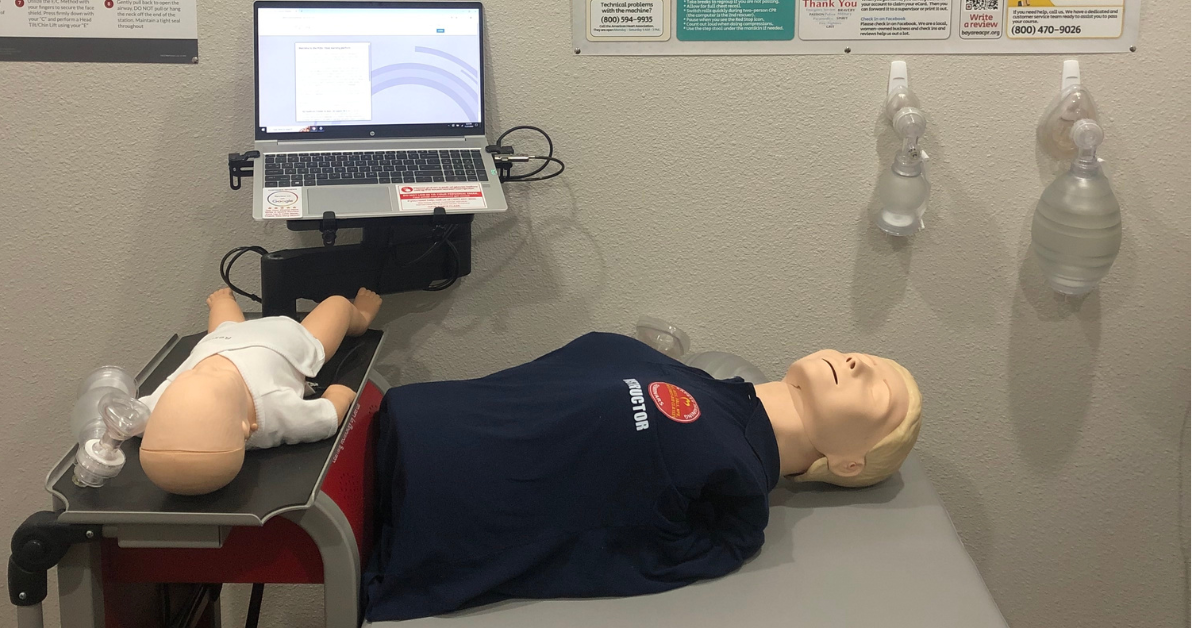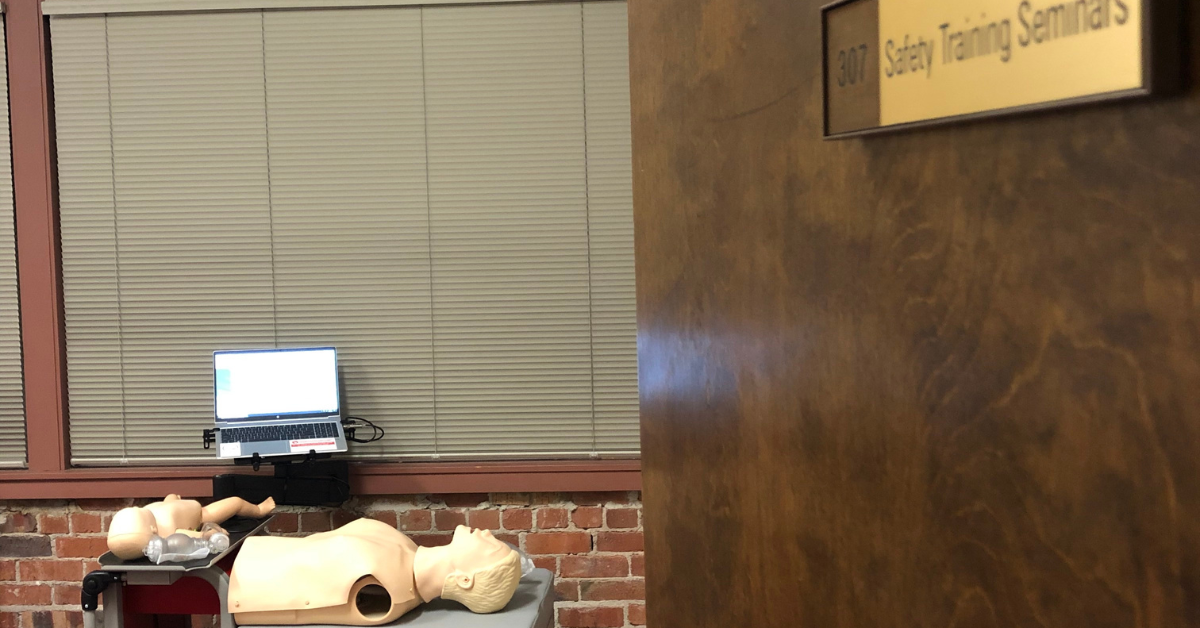EMTs and nurses depend on American Heart Association (AHA) guidelines because these protocols save lives during critical moments. When seconds count, healthcare professionals need proven methods that work consistently across different emergency situations.
The AHA develops evidence-based guidelines that become the gold standard for emergency medical care. These protocols help EMTs and nurses make quick, effective decisions when treating patients experiencing cardiac arrest, stroke, or other life-threatening conditions.
Let’s explore the five key reasons why frontline healthcare workers trust AHA guidelines in their daily practice.
Standardized Procedures Create Consistency
AHA guidelines establish uniform treatment protocols that work the same way across all healthcare settings. This standardization means an EMT in Los Angeles follows the same proven procedures as a nurse in San Francisco.
Standardized protocols eliminate guesswork during emergencies. When a patient goes into cardiac arrest, every team member knows exactly what steps to take and when to take them. This consistency reduces errors and improves response times.
The guidelines also ensure seamless care transitions. When an EMT transfers a patient to hospital staff, both teams speak the same clinical language and follow identical protocols. This continuity prevents treatment gaps that could harm patient outcomes.
Healthcare facilities use AHA guidelines to train new staff and maintain quality standards. The standardized approach makes it easier to onboard new team members and ensures everyone provides the same level of care.
Evidence-Based Practices Drive Better Results
AHA guidelines rest on solid scientific research and clinical studies. The organization reviews thousands of studies before updating its recommendations, ensuring every protocol has strong evidence supporting its effectiveness.
These evidence-based practices give healthcare workers confidence in their treatment decisions. When an EMT performs CPR using AHA guidelines, they know the technique has been tested and proven to maximize patient survival rates.
The AHA updates its guidelines every five years based on new research findings. This regular review process means healthcare workers always have access to the most current and effective treatment methods.
Research shows that hospitals following AHA guidelines see measurably better patient outcomes. Studies demonstrate improved survival rates, shorter recovery times, and fewer complications when healthcare teams adhere to these evidence-based protocols.
Improved Patient Outcomes Save More Lives
Following AHA guidelines directly improves patient survival rates during cardiac emergencies. Research shows that proper implementation of these protocols can double or triple a patient’s chances of survival.
The guidelines focus on high-quality CPR techniques that maintain blood flow to vital organs. When EMTs and nurses follow these specific compression and ventilation protocols, patients have better neurological outcomes and faster recovery times.
AHA guidelines also reduce complications during treatment. The protocols include safety measures that prevent common errors, such as over-ventilation or inadequate chest compressions. These safeguards protect patients from additional harm during emergency care.
Healthcare teams that consistently follow AHA guidelines report higher success rates in emergency situations. The protocols work because they’re based on what actually saves lives in real-world conditions.
Legal and Professional Standards Provide Protection
AHA guidelines establish the legal standard of care for emergency medical treatment. Courts and regulatory bodies recognize these protocols as the accepted practice for healthcare professionals.
Following AHA guidelines protects healthcare workers from liability issues. When EMTs and nurses adhere to these established protocols, they demonstrate they provided appropriate care according to recognized standards.
Many state licensing boards require healthcare professionals to maintain AHA certifications. These requirements ensure that EMTs and nurses stay current with the latest guidelines and maintain their professional credentials.
Healthcare facilities often mandate AHA certification for employment. Hospitals and ambulance services know that AHA-trained staff provide better patient care and reduce legal risks for the organization.
Continuing Education Maintains Current Skills
AHA guidelines require regular recertification that keeps healthcare workers’ skills sharp. EMTs and nurses must renew their certifications every two years, ensuring they stay current with the latest protocols.
The recertification process includes both knowledge updates and hands-on skills practice. Healthcare workers learn about new techniques while practicing existing skills to maintain proficiency.
AHA training programs use standardized curricula that ensure consistent education quality. Whether taking a course in Sacramento or San Diego, healthcare workers receive the same high-quality training experience.
Many AHA courses offer continuing education credits that help healthcare professionals meet licensing requirements. These credits support career advancement while ensuring workers maintain their clinical skills.
Start Your AHA Training Journey Today
AHA guidelines form the foundation of effective emergency medical care because they work. These evidence-based protocols give EMTs and nurses the tools they need to save lives during critical moments.
The five reasons we’ve discussed—standardized procedures, evidence-based practices, improved outcomes, legal protection, and ongoing education—show why AHA guidelines remain essential for healthcare professionals.
If you’re ready to gain or renew your AHA certification, Safety Training Seminars offers comprehensive courses throughout California. Our experienced instructors provide hands-on training that prepares you for real-world emergency situations.
We offer BLS, ACLS, PALS, and CPR courses with same-day certification cards and the lowest prices in the Northern California. Our 100% pass rate guarantee means you’ll leave confident in your life-saving skills.
Ready to join thousands of healthcare professionals who trust AHA guidelines? Contact Safety Training Seminars today to schedule your certification course and take the next step in your emergency medical training.


